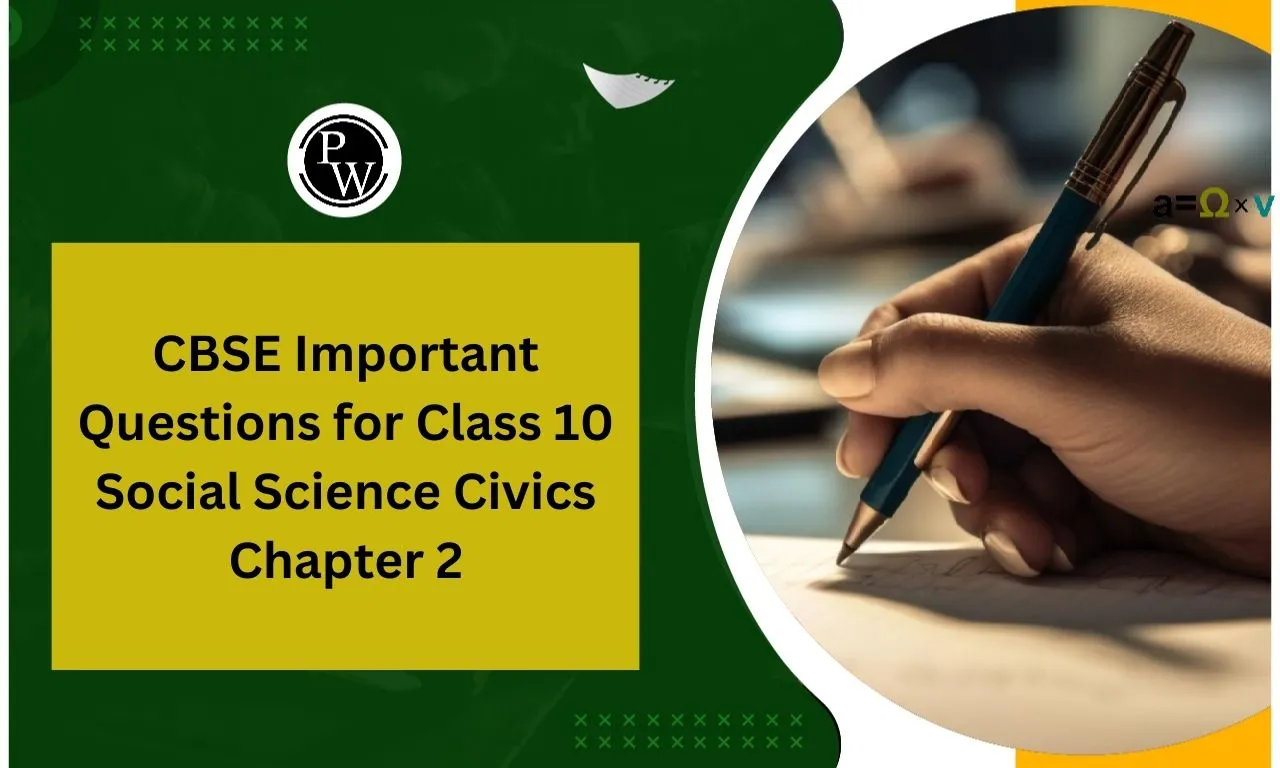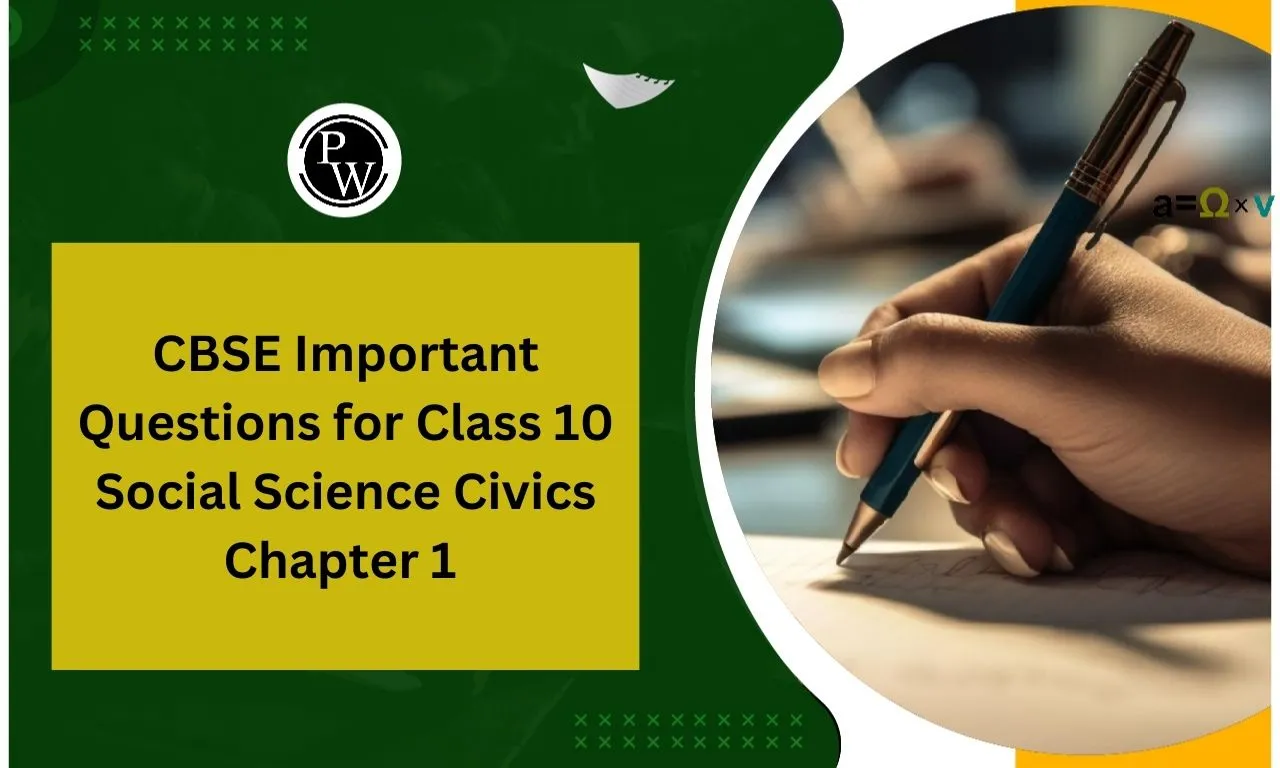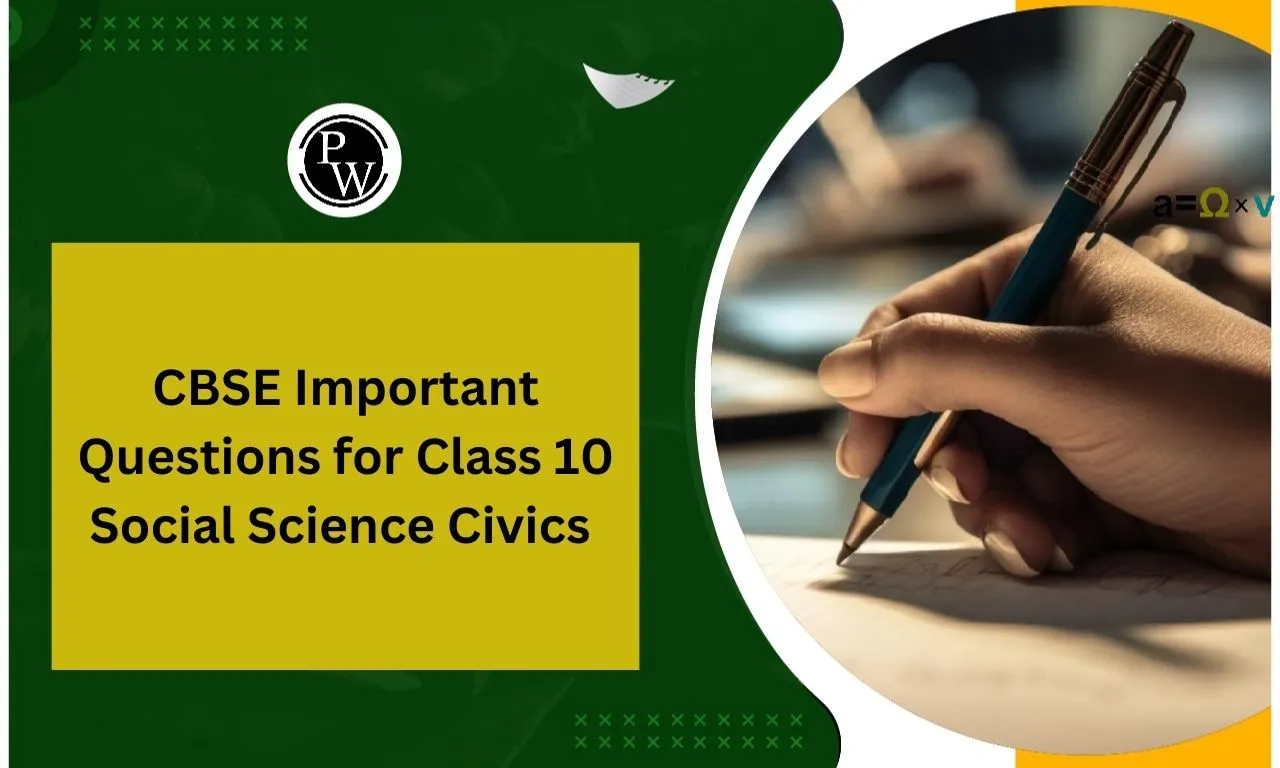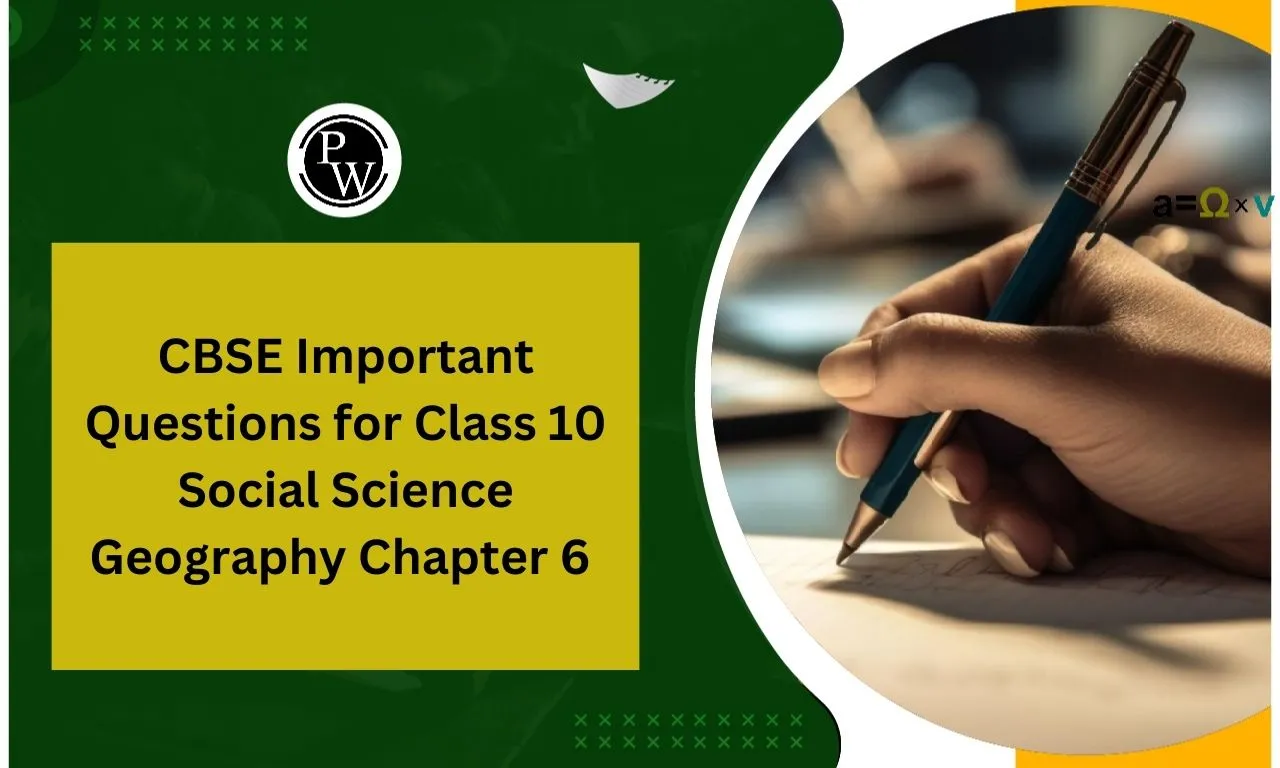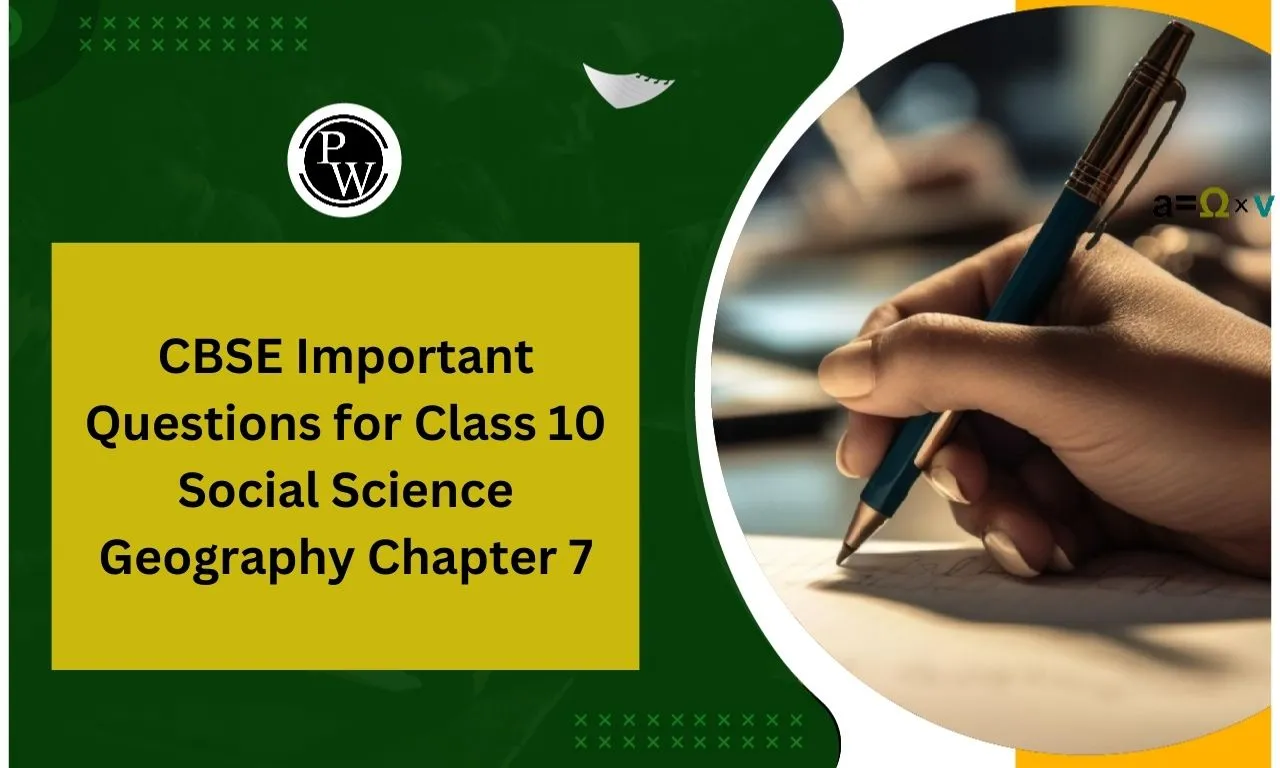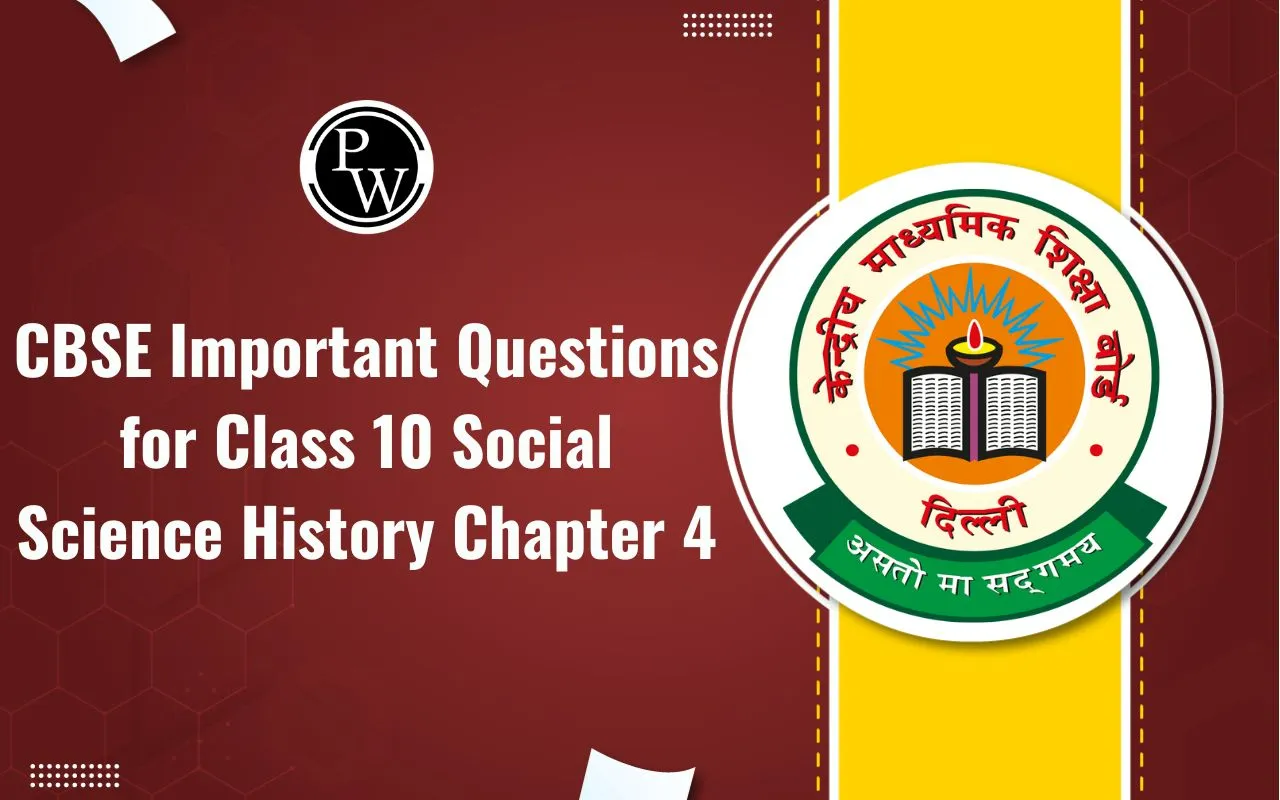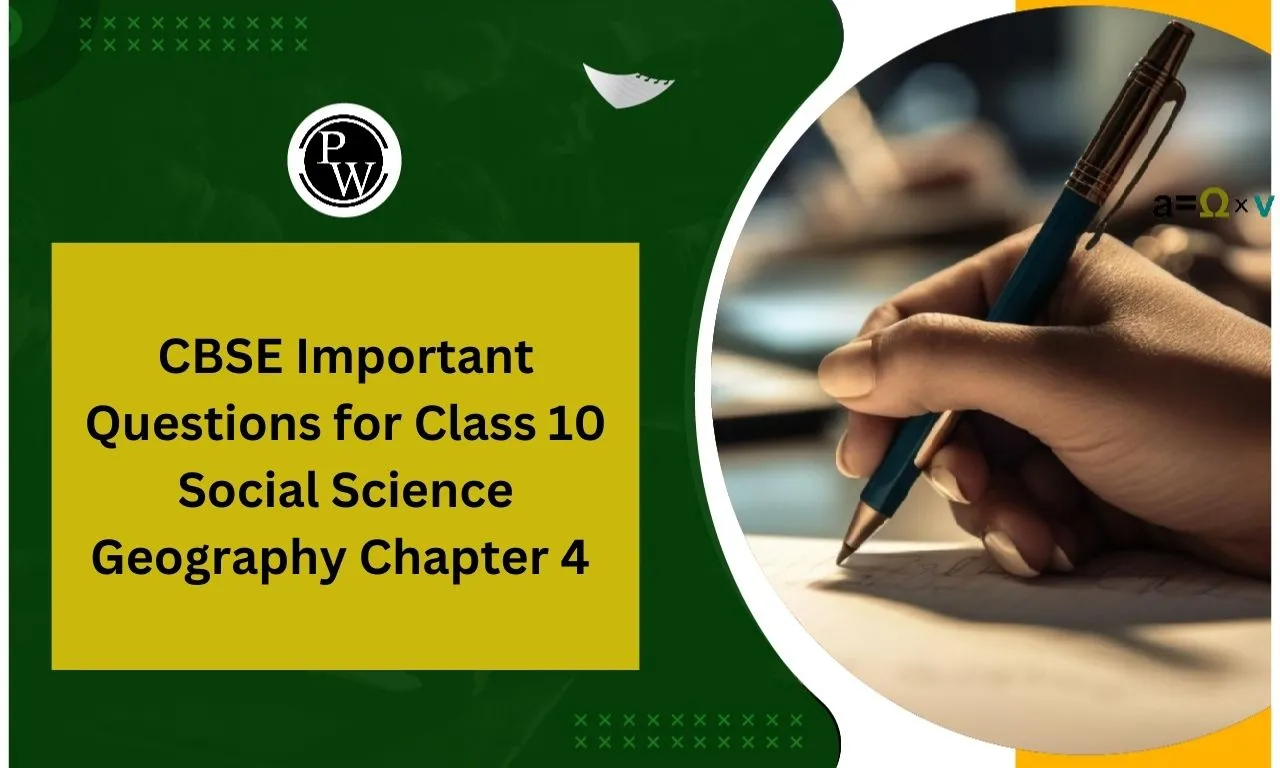
CBSE Class 10 Maths Notes Chapter 1: CBSE Class 10 Maths Chapter 1 Real Numbers Notes are detailed explanations provided here. Real numbers consists a broad spectrum of numbers, excluding complex numbers.
They include positive and negative integers, irrational numbers, and fractions, essentially any number encountered in the real world. Real numbers permeate our daily lives, whether in counting objects with natural numbers, measuring temperature with integers, representing fractions with rational numbers, or calculating square roots with irrational numbers. In this chapter, we learn the essence of real numbers, exploring concepts such as Euclid’s division algorithm, the fundamental theorem of arithmetic, methods for finding the Least Common Multiple (LCM) and Highest Common Factor (HCF), and a comprehensive understanding of rational and irrational numbers, elucidated with examples.CBSE Class 10 Syllabus 2024-25
CBSE Class 10 Maths Notes Chapter 1 Real Numbers PDF
You can find the CBSE Class 10 Maths Notes for Chapter 1 on Real Numbers in PDF format by clicking on the link provided here. These notes explain important concepts like rational and irrational numbers, Euclid’s division algorithm, and methods for finding LCM and HCF in a clear and easy-to-understand manner. They are helpful for students who want to improve their understanding of real numbers and build a strong foundation in mathematics.CBSE Class 10 Maths Notes Chapter 1 Real Numbers PDF
CBSE Class 10 Maths Notes Chapter 1 Real Numbers
The answers for CBSE Class 10 Maths Notes Chapter 1 on Real Numbers are given below. This chapter explains important concepts like rational and irrational numbers, Euclid’s division algorithm, and methods for finding LCM and HCF. The solutions are provided in an easy-to-understand manner with clear explanations and examples. They are designed to help students understand the basics of real numbers better and improve their problem-solving skills in math.Real Numbers
Real numbers consists a wide range of numerical values, including positive integers, negative integers, irrational numbers, and fractions. Essentially, any numerical value except for complex numbers can be classified as a real number. Examples of real numbers include -1, ½, 1.75, √2, and so on. Real numbers consists both rational and irrational numbers. Each real number can be represented on the number line.Euclid’s Division Lemma
Euclid’s Division Lemma states that when two integers, a and b, are given, there exists a unique pair of integers, q and r, satisfying the equation a = b × q + r, where 0 ≤ r < b. This lemma means: dividend equals divisor multiplied by quotient plus remainder. In simpler terms, for any given pair of dividend and divisor, the obtained quotient and remainder will always be unique.Euclid’s Division Algorithm
- Euclid’s Division Algorithm is a method used to find the H.C.F of two numbers, say a and b where a> b.
- We apply Euclid’s Division Lemma to find two integers q and r such that a = b × q + r a n d 0 ≤ r < b .
- If r = 0, the H.C.F is b; else, we apply Euclid’s division Lemma to b (the divisor) and r (the remainder) to get another pair of quotient and remainder.
- The above method is repeated until a remainder of zero is obtained. The divisor in that step is the H.C.F. of the given set of numbers.
Fundamental Theorem of Arithmetic
- The Fundamental Theorem of Arithmetic states that the prime factorisation for a given number is unique if the arrangement of the prime factors is ignored.
- Example: 36 = 2 × 2 × 3 × 3 OR, 36 = 2 × 3 × 2 × 3
- Therefore, 36 is represented as a product of prime factors (Two 2s and two 3s) ignoring the arrangement of the factors.
Method of Finding LCM
Method of Finding HCF
Finding the Highest Common Factor (HCF) of two or more numbers involves determining the greatest number that divides each of the given numbers without leaving any remainder.
There are two primary methods to find the HCF: Prime Factorisation and Euclid’s Division Algorithm.
In the Prime Factorisation method, we express the given numbers as products of their respective prime factors. Then, we identify the prime factors that are common to both numbers.
For example, to find the HCF of 20 and 24: 20 = 2 × 2 × 5 and 24 = 2 × 2 × 2 × 3 The common factor is 2 × 2, which equals 4, thus the HCF of 20 and 24 is 4.
Alternatively, Euclid’s Division Algorithm involves the repeated application of Euclid’s division lemma to find the HCF of two numbers.
For example, to find the HCF of 18 and 30, we apply Euclid’s division lemma repeatedly.
CBSE Class 10 Maths Notes Chapter 1 FAQs
What are real numbers?
Real numbers include positive integers, negative integers, irrational numbers, and fractions. Essentially, any number except complex numbers is classified as a real number.
How are real numbers represented?
Real numbers can be plotted on the number line. They constitute the union of all rational and irrational numbers.
What is Euclid’s Division Algorithm?
Euclid’s Division Algorithm is a method used to find the Highest Common Factor (HCF) of two numbers. It involves the repeated application of Euclid’s Division Lemma.
How is the Lowest Common Multiple (LCM) found?
The LCM of two numbers is the smallest common multiple of the numbers. It can be found by identifying the common and uncommon prime factors of the numbers and multiplying them together.
🔥 Trending Blogs
Talk to a counsellorHave doubts? Our support team will be happy to assist you!

Free Learning Resources
PW Books
Notes (Class 10-12)
PW Study Materials
Notes (Class 6-9)
Ncert Solutions
Govt Exams
Class 6th to 12th Online Courses
Govt Job Exams Courses
UPSC Coaching
Defence Exam Coaching
Gate Exam Coaching
Other Exams
Know about Physics Wallah
Physics Wallah is an Indian edtech platform that provides accessible & comprehensive learning experiences to students from Class 6th to postgraduate level. We also provide extensive NCERT solutions, sample paper, NEET, JEE Mains, BITSAT previous year papers & more such resources to students. Physics Wallah also caters to over 3.5 million registered students and over 78 lakh+ Youtube subscribers with 4.8 rating on its app.
We Stand Out because
We provide students with intensive courses with India’s qualified & experienced faculties & mentors. PW strives to make the learning experience comprehensive and accessible for students of all sections of society. We believe in empowering every single student who couldn't dream of a good career in engineering and medical field earlier.
Our Key Focus Areas
Physics Wallah's main focus is to make the learning experience as economical as possible for all students. With our affordable courses like Lakshya, Udaan and Arjuna and many others, we have been able to provide a platform for lakhs of aspirants. From providing Chemistry, Maths, Physics formula to giving e-books of eminent authors like RD Sharma, RS Aggarwal and Lakhmir Singh, PW focuses on every single student's need for preparation.
What Makes Us Different
Physics Wallah strives to develop a comprehensive pedagogical structure for students, where they get a state-of-the-art learning experience with study material and resources. Apart from catering students preparing for JEE Mains and NEET, PW also provides study material for each state board like Uttar Pradesh, Bihar, and others
Copyright © 2025 Physicswallah Limited All rights reserved.
Get App

